The top skater and goalie rankings have been a favourite project of mine over the last year or so. I have put so much time into them, and there is still so much potential for what they can show. One of the many shortcomings of the rankings is that no two fantasy leagues are alike, meaning that to try and cover all of them is a fruitless venture. However, I try to provide useful and relevant information for the majority of leagues. Cap leagues I have found mostly use the actual NHL cap hit, but there are some that use AAV, and others that follow the rollercoaster of ups and downs of a player's salary earned over the course of the contract. I may get into some salary variation cap league values later in the offseason. In the meantime, I tinkered with my rankings system using AAV instead of Cap Hit, and had to make a few tweaks to continue to make things work inside the same kind of parameters. A lot of unsurprising names at the top, and then the depth rankings end up looking similar.
Let's take a look at the couple of main differences:
****
The Top End:
Quinn Hughes takes over the top spot from Cale Makar due to the lower AAV on his contract. A second Canadian team owns the second overall value player based on AAV in MVP Leon Draisaitl. Generally, a lot of the same names are near the top of the list, but this is much closer to how an inaugural draft may play out as the rookie deals are devalued. Draisaitl, Nathan MacKinnon, and David Pastrnak are all worthy top names, though the fact that Pastrnak will be missing some games to start the season does hurt his case a little.
Cheaper contracts still show up like Filip Hronek and Conor Garland who are bargains for their middle of the lineup production at a cost under $1 million. The rookies with multiple years are also still highly valued, but the top drafted players really see their value fall.
The second tier of value contracts including Mika Zibanejad, Jonathan Huberdeau, Connor McDavid, and Nikita Kucherov could all contend with the top names in any given season. Their value stays high compared to the rookies that drop out. The only other contracts where the AAVs differ from cap hits are those for 35+ players. Most players over the age of 35 aren't too relevant here, as it usually is more for the players like Zdeno Chara who feel they deserve a higher number, but the team doesn't want to commit to the higher number without some guarantees.
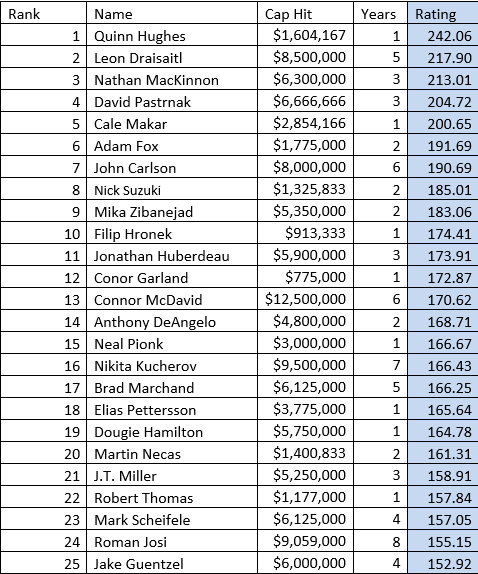
Rookie Contracts:
Looking at the top players on their ELCs, it is interesting to note that Alex Lafrenière and the 2020 draft class is nowhere to be seen in the top-10, perhaps even more surprising is that the 2019 class doesn't show up either. That isn't because Lafrenière, Jack Hughes, or Kirby Dach couldn't crack the list on talent alone, but more so a function of the fact that they come in as players being paid almost $4 million and having the uncertain production that a rookie brings. The upside is high, but the floor is low, and that is tough to manage when the AAV is counted for rookie contracts versus cap hit. The other young players in the top 10 here have all proved to have a reasonable floor, and 2018 draftees such as Rasmus Dahlin and Andre Svechnikov have managed to set their floors high enough to make the list in spite of their AAVs over $3 million, but it has taken until their third season to provide top tier value.
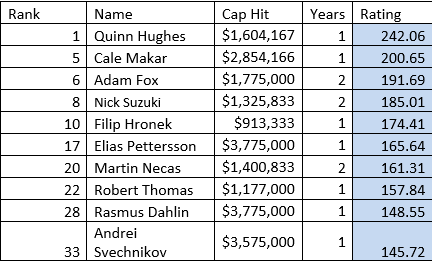
The top three picks in your usual draft will receive more performance bonuses built into their contracts that can drop their value down below that of the 4-10 pick range. I put some research into this kind of outlook with regards to draft pick value fluctuation against cap hit, and the results would be different based on a deep dive into the AAV values. It won't make sense every time, but in some cases, it could pay off over the first few years to own a Marco Rossi or a Cole Perfetti instead of a Quinton Byfield or Alexis Lafrenière in cap leagues using AAV. As a reference, here is

Positional Value:
The top set of the rankings aren't too different than the cap hit set for defence, however once we get outside of the top-10 range, the defencemen start to rise up the ranking. The 20th ranked defenceman in the AVV set is John Marino at 57th, versus the 20th defenceman in the cap hit set being Rasmus Sandin at 71st. Marino and Dahlin slide down the rankings, but for the most part defencemen don't tend to be affected as much by the cap hit to AAV switch. Less defencemen are able to make the jump early, let alone contribute valuable offensive stats. The ones that are able to contribute enough are the rare defencemen that end up being drafted early and handed the higher AAV contracts. The depth of the 2017 class is shown by allowing Makar and Hughes to slip far enough to not need the full signing bonus contracts to get them signed. Their draft counterpart Miro Heiskanen is nearly as dynamic offensively, but with his AAV of $3.4 million he drops outside the top 40 for value. Rookie defencemen often drop in fantasy league entry drafts, and if your league counts AAV instead of cap hit, knock the defencemen a little farther down your list.
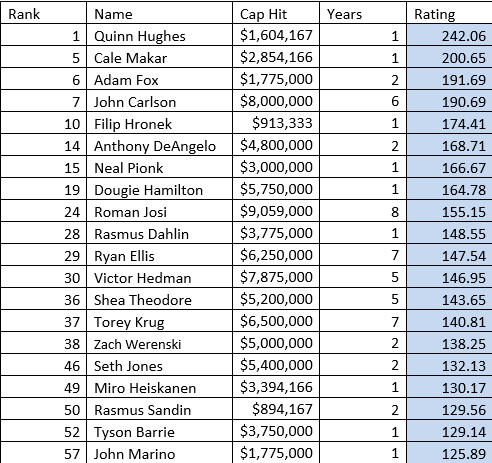
****
All contract info from Capfriendly.
Stay safe!
****
Previous Capped Articles:



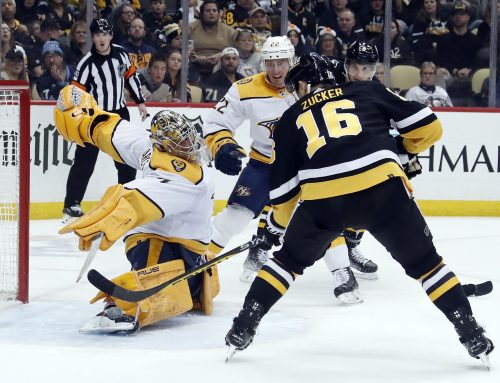
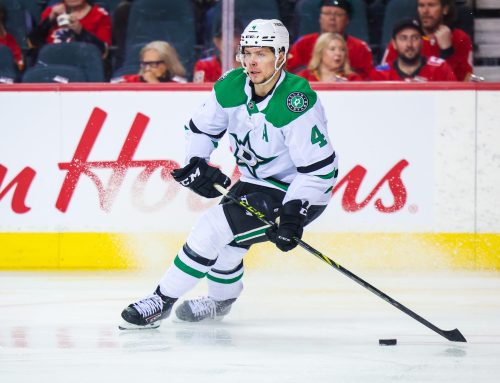
 FLA
FLA CHI
CHI NYR
NYR PIT
PIT L.A
L.A COL
COL CAR
CAR UTA
UTA SEA
SEA
 NYI
NYI TOR
TOR N.J
N.J CBJ
CBJ
